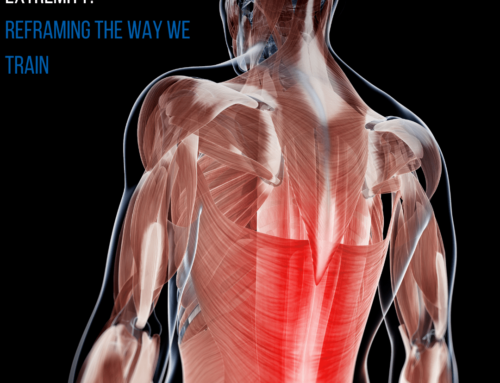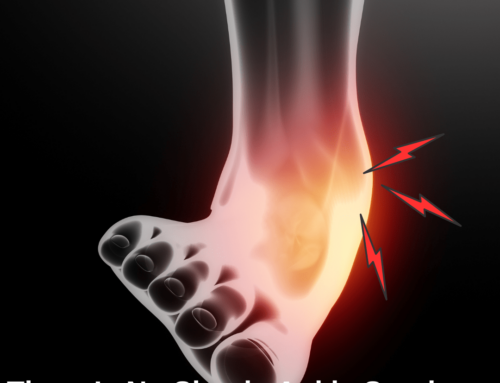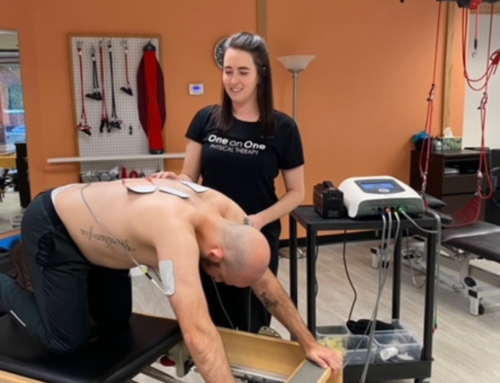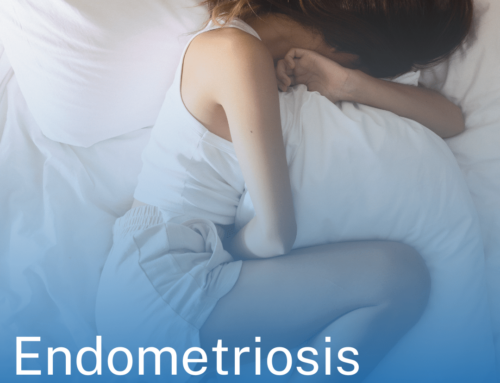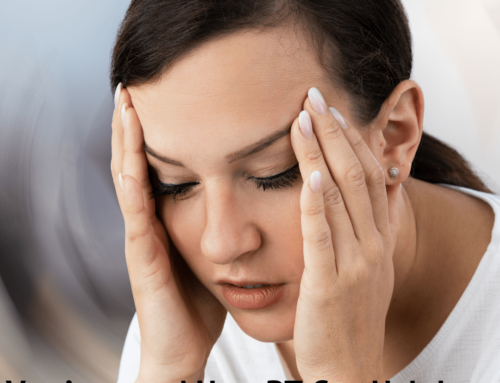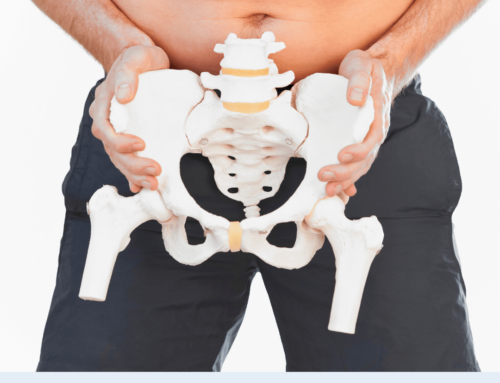Moving Better // Redcord x Pilates
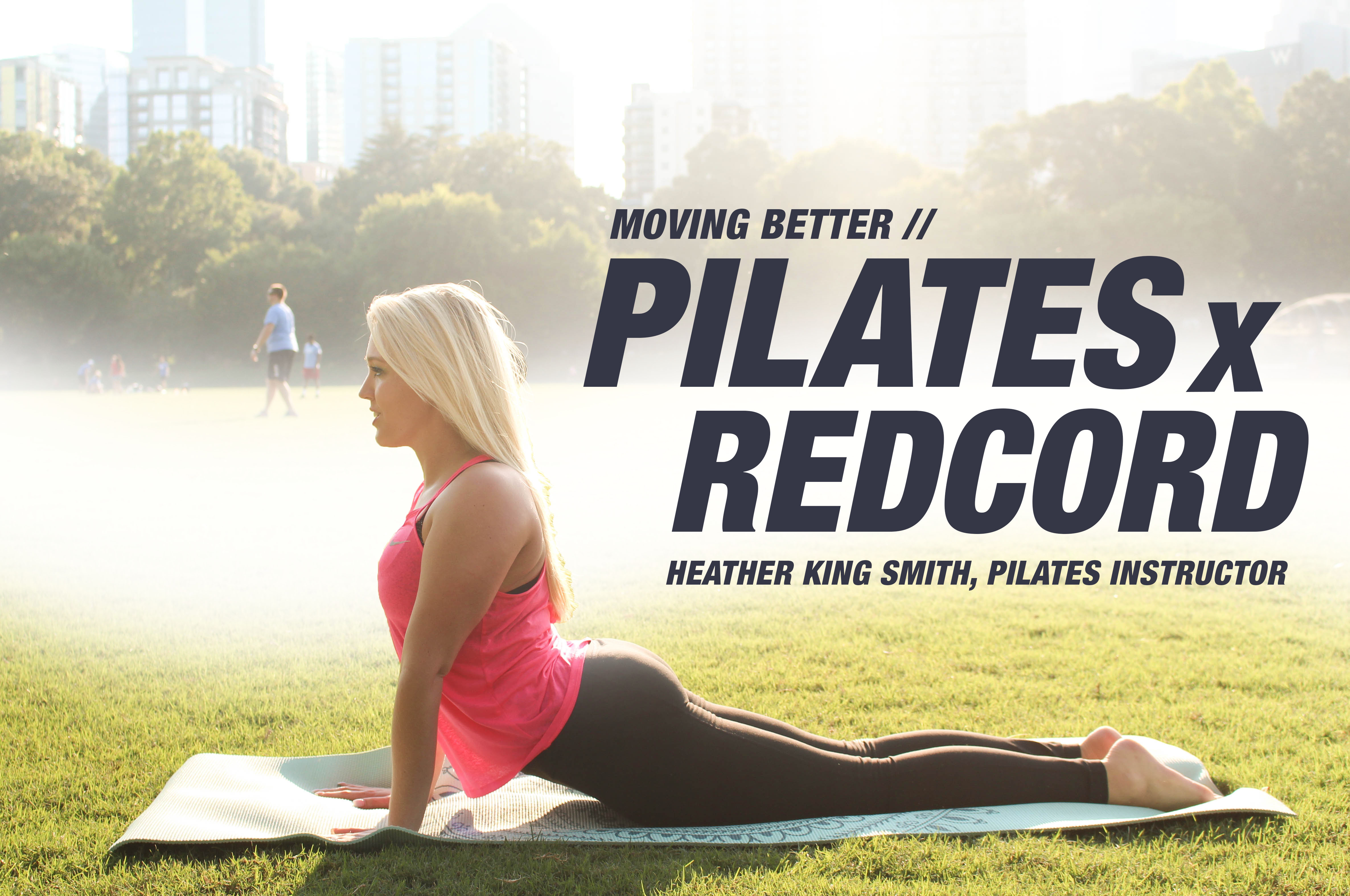
How do we Integrate Pilates and Redcord to Help Patients Move Better?
Two exercise modalities offered at One on One are Redcord and Pilates. Both can be enormously beneficial to patients in rehabilitation, transitioning to fitness, and in maintaining strength and preventing injury or re-injury.
Not only do these two modalities enhance rehabilitation and fitness alone, but they also compliment each other.
When we get injured, compensatory patterns of movement and muscle engagement take hold. Often those patterns persist for months, years, or a lifetime, even once the initial injury is long resolved. This creates the potential for pain, reduced performance in sports, and further injury.
Pilates teaches proper breathing techniques and optimal alignment, trains the core, and engages the mind to enhance coordination and mindful movement. As Pilates teachers, we focus on helping our clients move better by bringing together all of these principles and tailoring sessions for each individual based on their needs and fitness level. We know the ideal form for each exercise, and use cues, props, and modifications of the exercises to achieve the best possible form and correct muscle engagement.
Sometimes, despite using every tool in our arsenal, clients may have a difficult time achieving the goals of the exercise. When this happens, we can turn to Redcord to correct the compensatory pattern that is leading to challenges in the exercise.
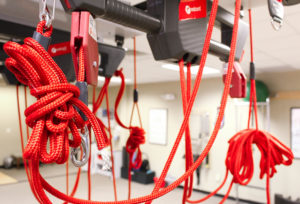
Redcord uses a system of static cords, bungees, and slings to off-weight the body in basic, functional movement patterns. Using the bungee system to offload, instructors can help clients engage the target muscles, facilitate neuromuscular control, and eliminate compensatory patterns and pain.
Let’s use the glutes as an example. The muscles in the hips and buttocks, the “glutes” as we lovingly call them—gluteus maximus, gluteus minimus, and gluteus medius—are important muscles for locomotion (walking and running) and pelvic stability. Nearly every client I have seen has some form of “glute amnesia,” which is when the glutes do not fire properly. This happens for a number of reasons—postural and movement habits, injury, and sedentary lifestyles, to name a few.
If a client is struggling with hamstring cramps during bridging, does not feel the outer hip working in side lying leg lifts, has knee pain during squats, or has trouble balancing on one leg, one can almost guarantee the glutes are not working optimally. Once the issue is identified during a session, the teacher can use Redcord to help “wake up” these sleepy glutes. Most of the time, after one or two exercises on the Redcord, we can return to the problematic exercise or movement pattern, and voila! The client is able to bridge without hamstring cramps, feels the outer hip in the sidelying leg series, no longer has knee pain during squats, or can balance better on one leg.
Another way Redcord and Pilates work nicely together is, after finishing a series of exercises on the Redcord, we can use the Pilates apparatus to reinforce better movement strategies in a variety of body positions and planes of movement. For example, many of my clients have lower back pain due in part to a poor strategy for squatting (or in terms of everyday movement, going from a standing position to sitting, or sitting to standing).
We can work on the Redcord to get the glutes firing, and then work on the Pilates reformer, tower, or chair to reinforce the glute activation in squat-like movements. The more that we are able to reinforce the neuromuscular connection that leads to better movement patterns, the better the client will feel, move, and perform once they leave the clinic or studio. At the end of the day, that is what we are all working to achieve!
Using Redcord and Pilates together, with physical therapists and Pilates and Redcord instructors, will help you feel better, move better, and perform better, and get you back to doing what you love—whether it is gardening, chasing the grandkids, playing a sport, or achieving a fitness goal.
Heather King Smith is a pilates instructor at One on One Physical Therapy. If you have any questions please email info@onetherapy.com
